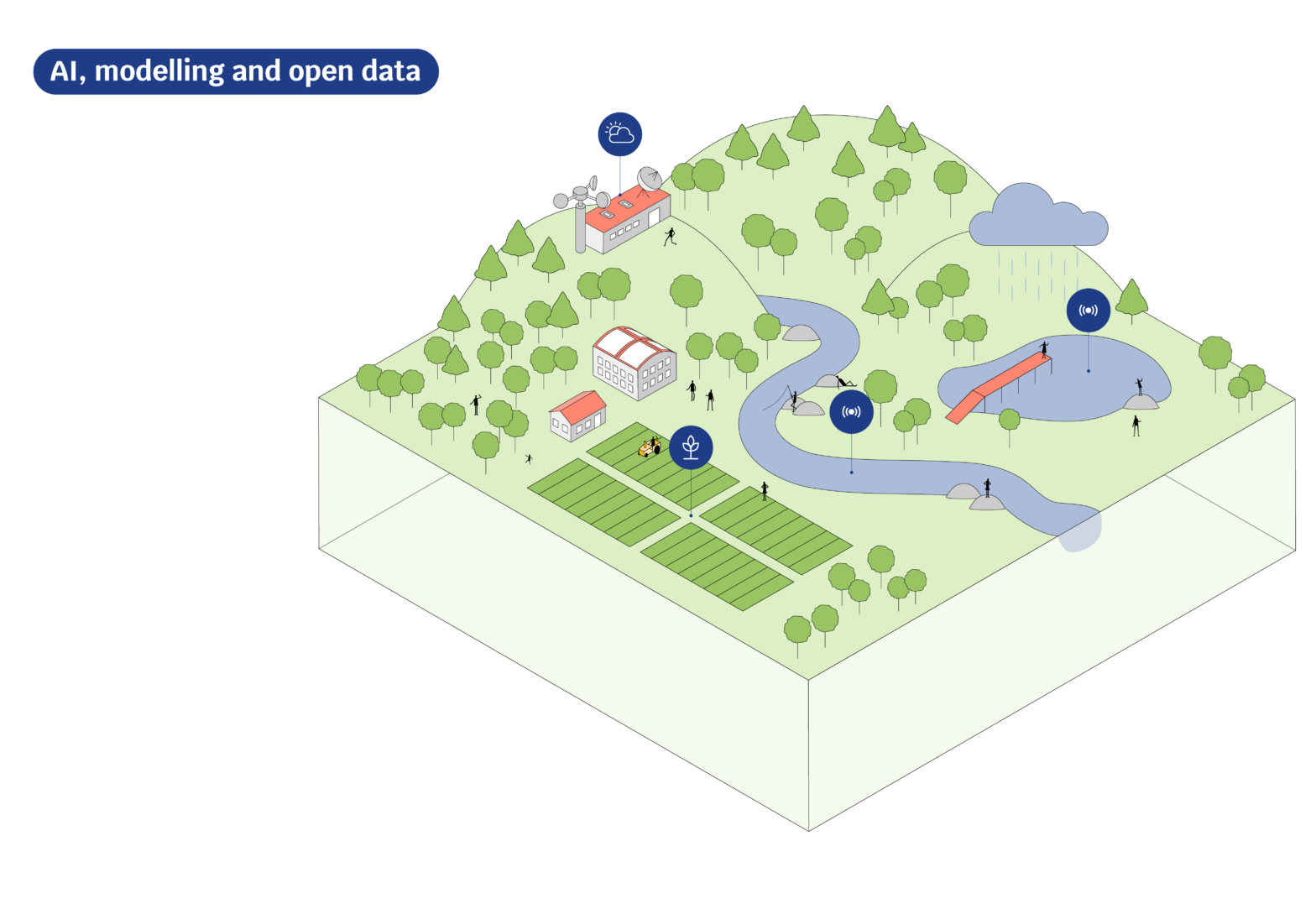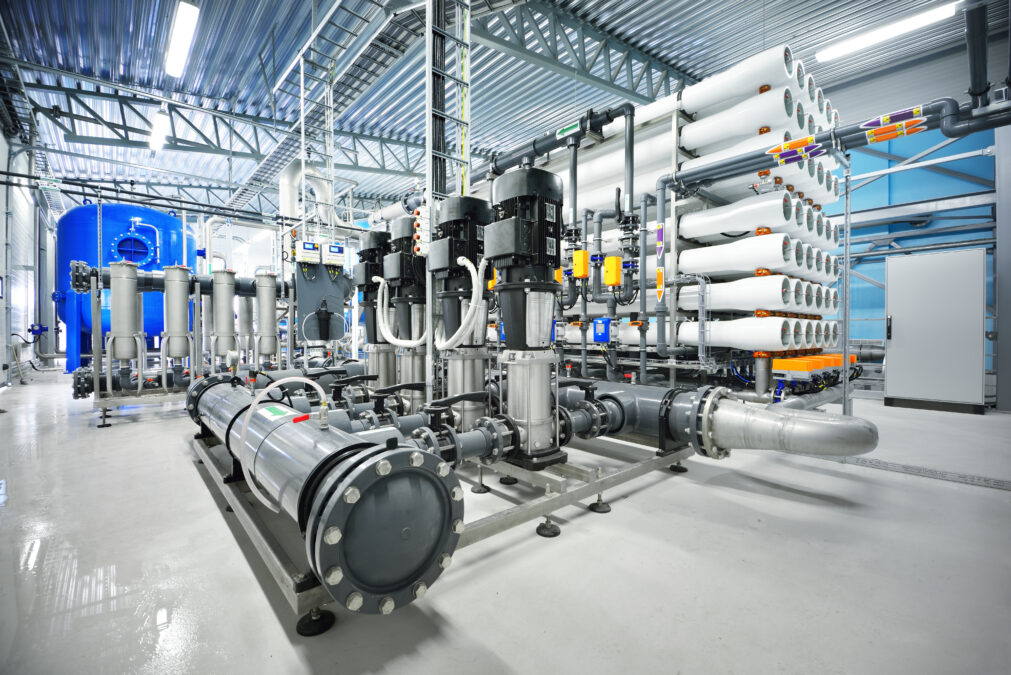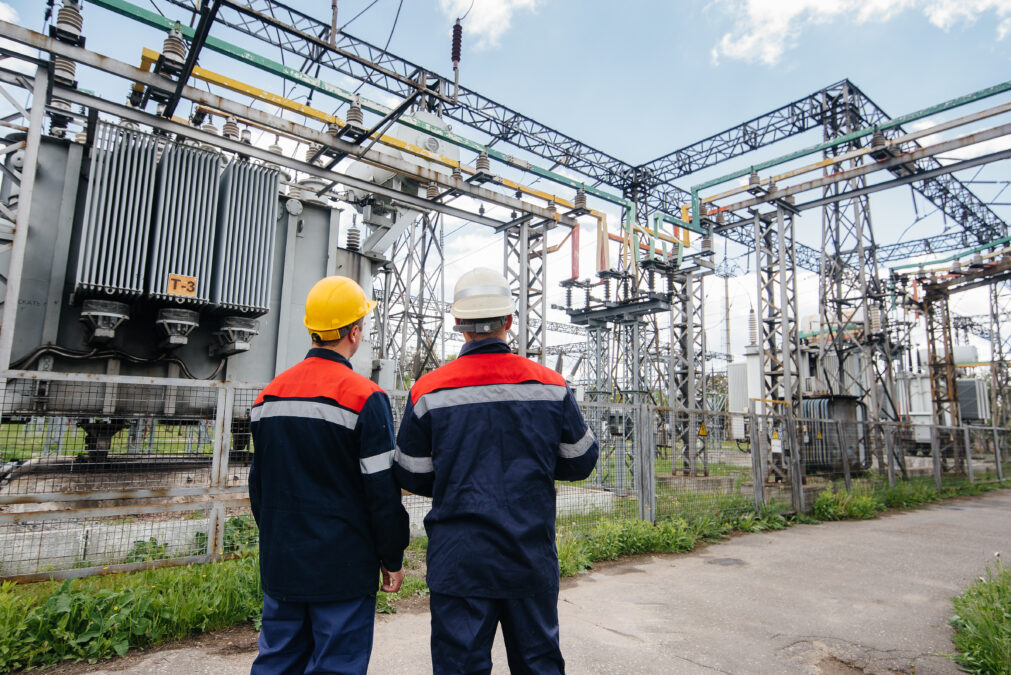The energy sector has been hit by a new wave of technology and we must now maximise the opportunities presented by the onset of big data and smart systems. The creation of smart energy infrastructure with in-built digital intelligence is transforming the way energy is generated, distributed, managed and stored.
Smart solutions are driving efficiency and have resulted in the creation of the ‘prosumer model’: where customers both produce and consume energy.
The future of energy will increasingly rely on digital intelligence and the use of data analysis which will serve to produce a more efficient use of resources. Intelligent sensing technology reacts and communicates with the environment, optimising performance and improving efficiency. There are five smart solutions which are transforming the energy industry and driving the opportunities for innovation:
Smart grids and Demand Response Models
Smart grids demonstrate in practice how digital intelligence is transforming the energy industry and driving energy efficiency. Smart grids are powered by Demand Response (DR) models, which enable a real-time analysis of customer demand trends. The digital intelligence integrated into these models allows them to autonomously react to energy demand and adjust distribution of energy accordingly.
> See also: Big data at British gas: a new era of energy
For example, if at a certain point of the day the DR model detects a low demand for energy, it will lower the amount of energy it is distributing. DR models enable smart grids to control energy demand more efficiently and distribute energy more effectively. The ability of this model to adapt to our needs demonstrates how big data can contribute to energy savings.
DR models are set to transform how we manage our electricity, with an expected investment, predicted by a new whitepaper on Social Innovation in Energy by Hitachi and Frost & Sullivan, of $10 billion in DR programs by 2020, as they help countries reach their emission targets whilst contributing to providing cleaner and more efficient energy during peak times.
Prosumers and microgrids
People are increasingly producing more of their own energy via renewable means, such as solar panels and wind turbines. This is giving people more control over their energy. The creation of microgrids is enabling people to disconnect themselves from the power grid and operate autonomously off their own local energy generation, offering them more energy independence.
The installation of solar panels, for example, gives the home owner exclusive control over their home generated solar energy and the power to decide whether to consume it or feed it back into the grid.
Smart grids and microgrids reduce energy costs whilst being more environmentally friendly. The points of power generation and consumption are set to grow even closer, with 20 million residential prosumers predicted in North America alone by 2020.
Smart meters
Smart meters allow a two way communication between the points of generation and consumption. Wireless technology enables smart meters to commute information about energy consumption, such as meter readings, to the supplier.
The supplier can then react to these and optimise energy generation. This will reduce costs and also be good for the environment as less energy is unnecessarily wasted. The vast global growth in smart meters is evident of their potential and how they are driving energy efficiency.
The Social Innovation in Energy whitepaper found that at the start of 2015, there were 510 million smart meters installed globally; this number is set to increase to 980 million by the end of 2020 and 450 million of these will be in China.
Virtual power plants
Virtual Power Plants (VPPs) allow different energy sources to be integrated into a centrally controlled network. The digital intelligence of this central network can monitor and control energy distribution. It allows the VPPs to deliver energy from more than one power source when energy demand is at its peak.
This is essential due to the rise of renewable energy, which does not necessarily generate electricity twenty-four hours a day; for example, solar energy can only be captured during the day and so another power resource is needed to balance this out. VPP solutions are taking power aggregation to a new level as well as taking pressure off vulnerable networks, increasing the reliability of grids to satisfy our energy needs.
The Internet of Buildings
The concept of the ‘Internet of Buildings’ demonstrates how innovative energy solutions will ultimately be able to be deployed across a whole smart city. Digital solutions will enable energy to be shared across buildings in the grid, which will optimise energy distribution, usage and efficiency.
> See also: 5 ways to ensure the success of smart city projects
The integration of IT into smart energy infrastructure will demonstrate how the distribution and consumption of energy will be optimised through interactive grids.
Enabled by the digital transformation of the energy sector, we will see a future where Social Innovation will integrate renewable energy into smart grids and create reliable and clean energy. Social Innovation provides huge opportunities for businesses, consumers and society.
It will encourage all three groups to invest in sustainable solutions which will reduce costs and enhance their control over their energy usage, whilst helping the environment and making the world a more sustainable place.
Sourced from Olaf Heil, CEO EMEA-CIS Social Innovation Business Platform, Hitachi










